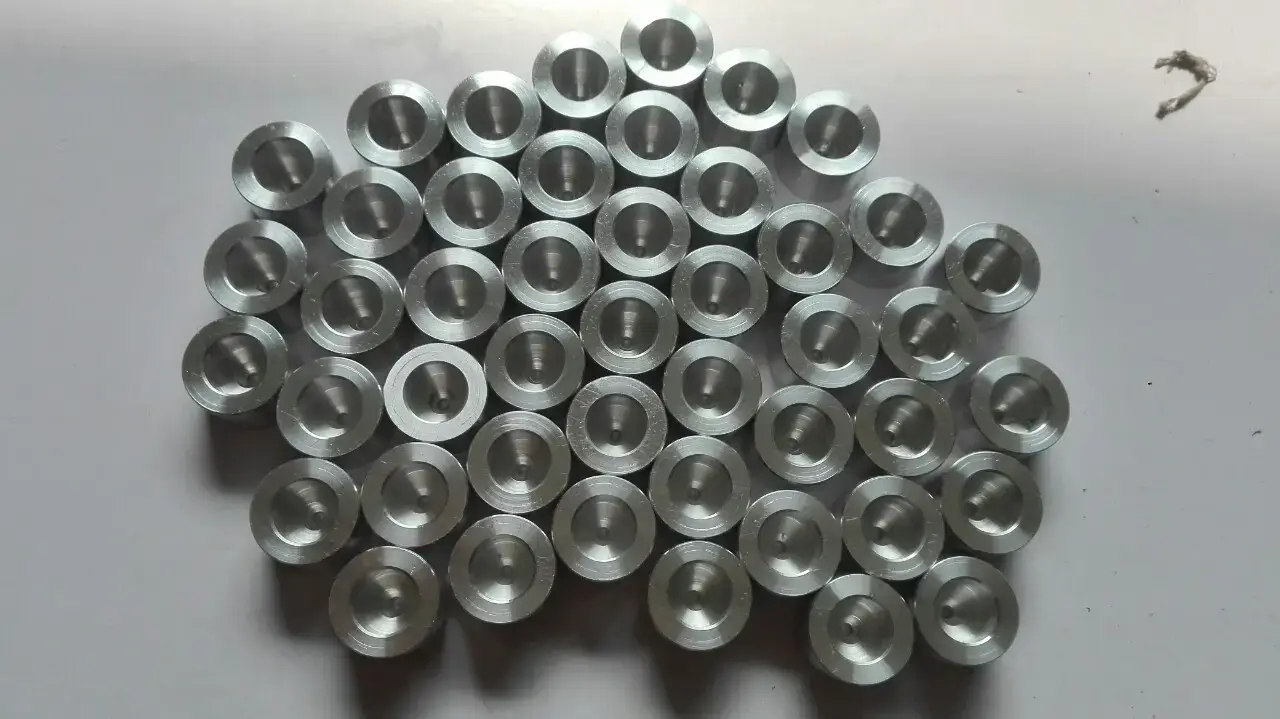Tips and Considerations for Tapping Holes
When it comes to tapping holes, there are several important tips and considerations to keep in mind. Tapping is the process of creating internal threads in a hole to allow for screws or bolts to be securely threaded into the material. Whether you’re working with metal, wood, or other materials, here are some key points to remember when tapping holes.
1. Select the Right Tap: Choosing the correct tap is crucial for successful hole tapping. There are various types of taps available, such as hand taps, machine taps, and spiral point taps. Consider factors like the material you’re working with and the thread size required before selecting the appropriate tap.
2. Use the Correct Drill Bit Size: Before tapping a hole, it’s essential to drill a pilot hole of the appropriate size. The drill bit size should match the diameter of the tap. Using the wrong-sized drill bit can result in damaged threads or an improperly tapped hole.
3. Lubricate the Tap: Lubrication is crucial during the tapping process as it reduces friction and heat buildup. This helps to extend the lifespan of the tap and ensures a smoother tapping experience. Apply a suitable tapping fluid or cutting oil to the tap before starting.
4. Start Slowly: Begin tapping at a slow speed, especially if you’re new to the process. This allows for better control and minimizes the risk of misaligning the tap. Once the initial threads are formed, you can gradually increase the speed while maintaining steady pressure.
5. Maintain Proper Alignment: It’s vital to ensure that the tap is aligned correctly with the hole. Misalignment can lead to crooked threads or stripped holes. Use a center punch or a drill press to create a small indentation at the center of the hole, providing a guide for the tap.
6. Reverse and Clear Chips: Regularly reverse the tap to break and clear chips. This prevents chips from becoming lodged in the flutes, which can hinder the tapping process. Clearing the chips also helps to maintain the quality and accuracy of the tapped threads.
7. Monitor Tap Depth: Pay attention to the depth of the tap to avoid over-tapping the hole. Over-tapping can weaken the threads or cause them to break. Use a depth stop or gauge to ensure consistent and accurate thread depth.
8. Mind Material Hardness: Different materials have varying hardness levels, impacting the tapping process. Softer materials like wood or plastic require less force, while harder materials like steel may require more pressure. Adjust your technique accordingly to avoid damaging the material or tap.
9. Clean and Inspect: Once the tapping process is complete, clean the hole and inspect the threads for any defects. Remove any debris or excess lubricant from the hole. Inspecting the threads ensures their integrity and functionality.
10. Practice Patience: Tapping holes can be a delicate and time-consuming process, especially for intricate or larger holes. Remember to remain patient and take your time. Rushing can lead to mistakes and compromise the quality of the tapped hole.
In conclusion, tapping holes is a skill that requires careful attention to detail and the use of proper techniques. By following these tips and considerations, you can ensure successful hole tapping and achieve strong, reliable threaded connections in your projects.
.webp)



